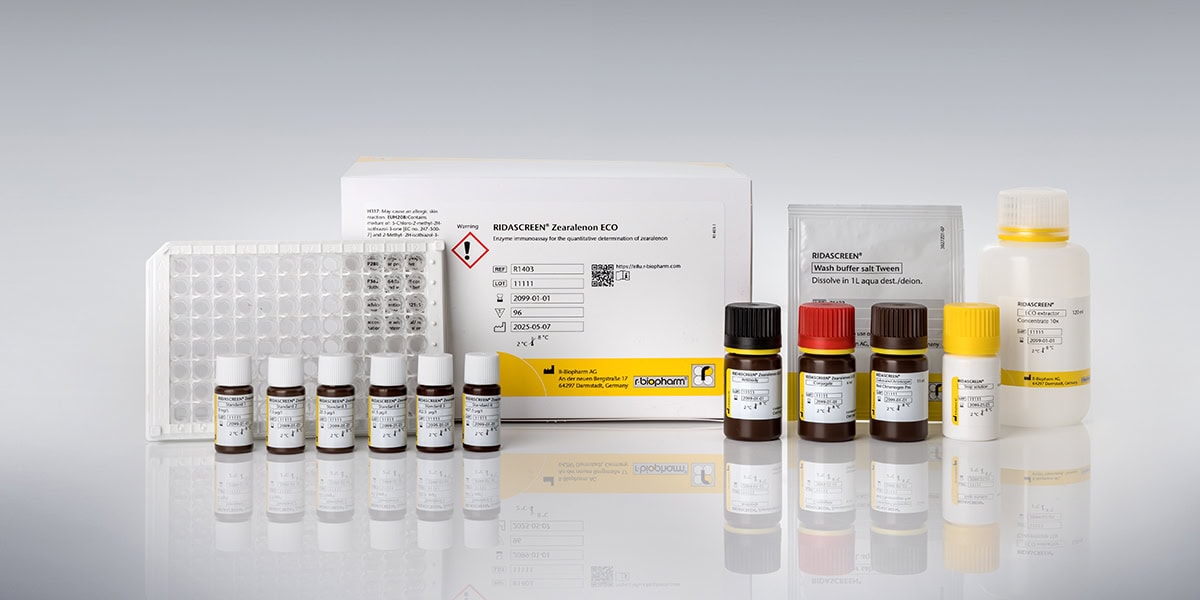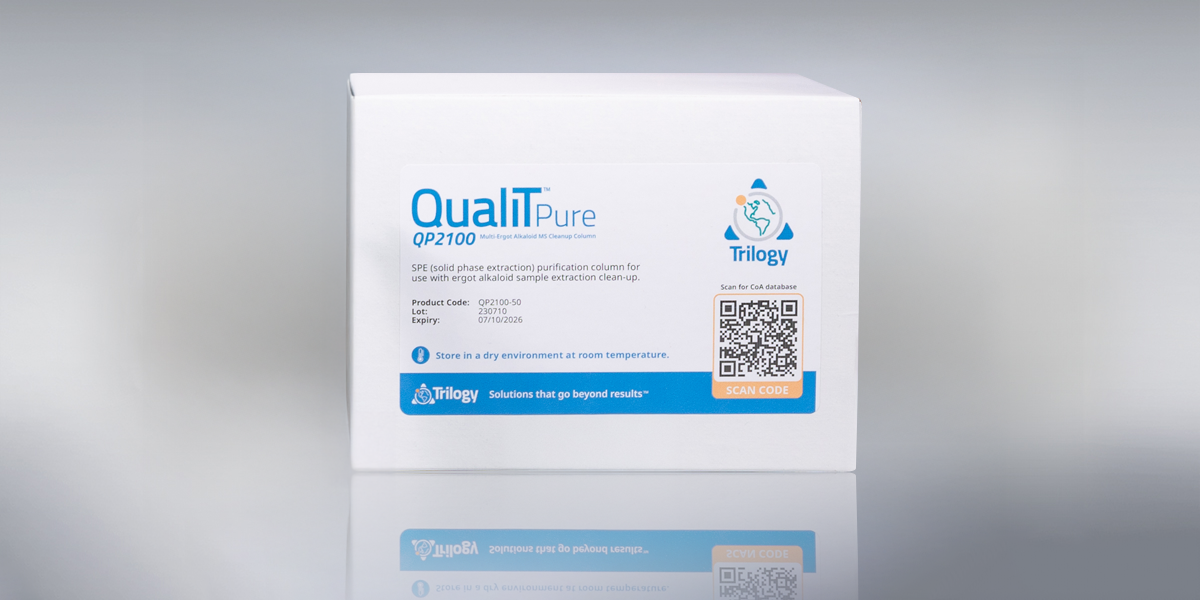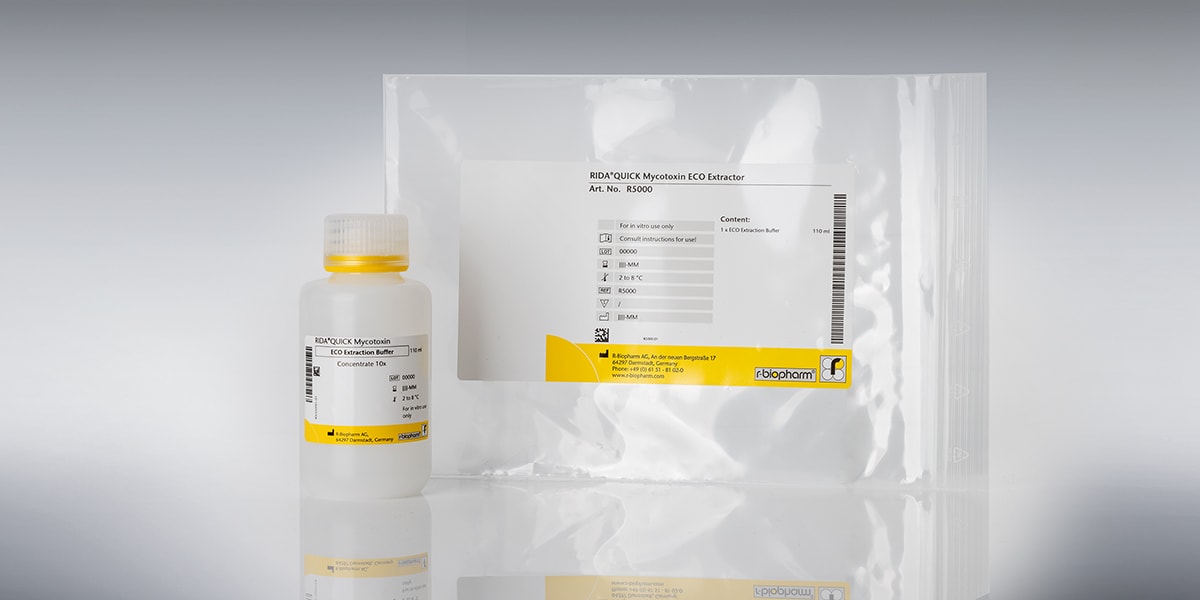
Recent news in Food & Feed Analysis
- Home
- /
- LC-MS/MS: Method of choice...
LC-MS/MS: Method of choice for efficient multi-mycotoxin analysis

For the detection of mycotoxins, liquid chromatography with mass spectrometric detection (LC-MS/MS) has become very popular in recent years. Laboratories with high sample throughput are especially increasingly relying on this precise and efficient method. Here‘s how to handle matrix effects and make optimal use of LC-MS/MS.
LC-MS/MS is a modern analytical method used to detect and quantify substances at trace levels. Besides the detection of veterinary drugs or pesticides, it is often used for the detection of mycotoxins. LC-MS/MS offers many advantages: it’s very sensitive, efficient and suitable for a number of applications. Furthermore, multi-analyte methods are available, which is of great importance especially for mycotoxin analysis. However, LC-MS/MS also has a drawback: the analysis result is strongly influenced by the matrix. These so-called matrix effects cause a measurement uncertainty.
Matrix effects in LC-MS/MS
Matrix effects are caused by components in the matrix, which reduce or enhance the efficiency of ionization. This ion suppression or enhancement leads to an under- or overestimate of the analyte concentration, and thus to uncertain results. Using appropriate tools, these matrix effects can be reduced or compensated.
One option is to use matrix-matched standards. The blank material and the actual sample are processed in the same way and analyzed together. Since the standard will be affected from matrix effects just like the sample, the matrix effects can be easily subtracted afterwards. In combination with a solid phase extraction column (e.g. PuriTox Total Myco-MS), this allows a rapid and precise analysis of simple specimens. The downside of this method is the need to carry out two analyses (sample and standard).
Stable isotope-labelled internal standards such as the 13C standard are an alternative. Since these standards are visible in the LC-MS/MS, they can simply be added to the sample so that only one analysis is necessary. However, these standards are expensive and only available for a few analytes.
Another option to reduce matrix effects is to completely remove the matrix through sample clean-up. This can be carried out with immunoaffinity columns for one analyte or even for several analytes simultaneously – for example with the newly launched 11+Myco MS-PREP®, which enables clean-up for eleven legislated mycotoxins in a single run. The column is particularly suitable for complex matrices such as spices or feed as well as for baby food, for which very low limits of detection are required. This solution enables a fast and accurate quantitative analysis without the need for matrix-matched standards.



